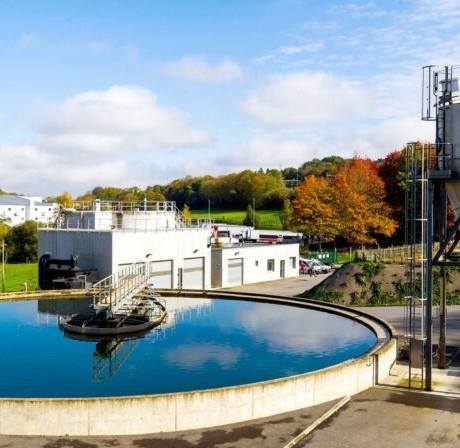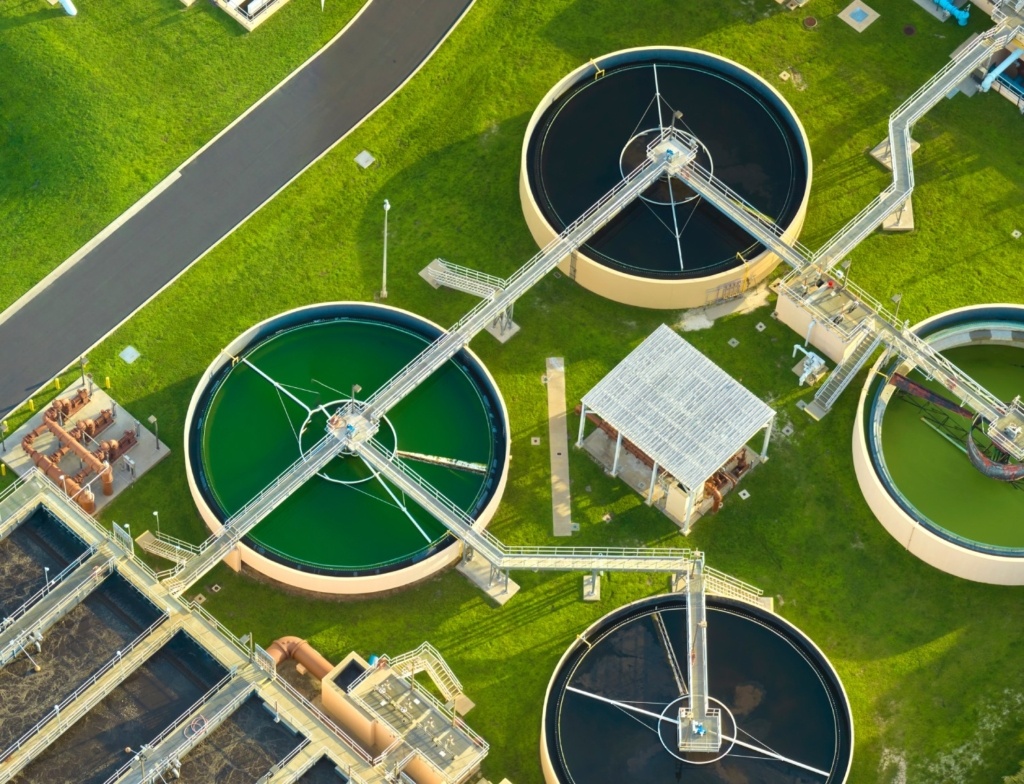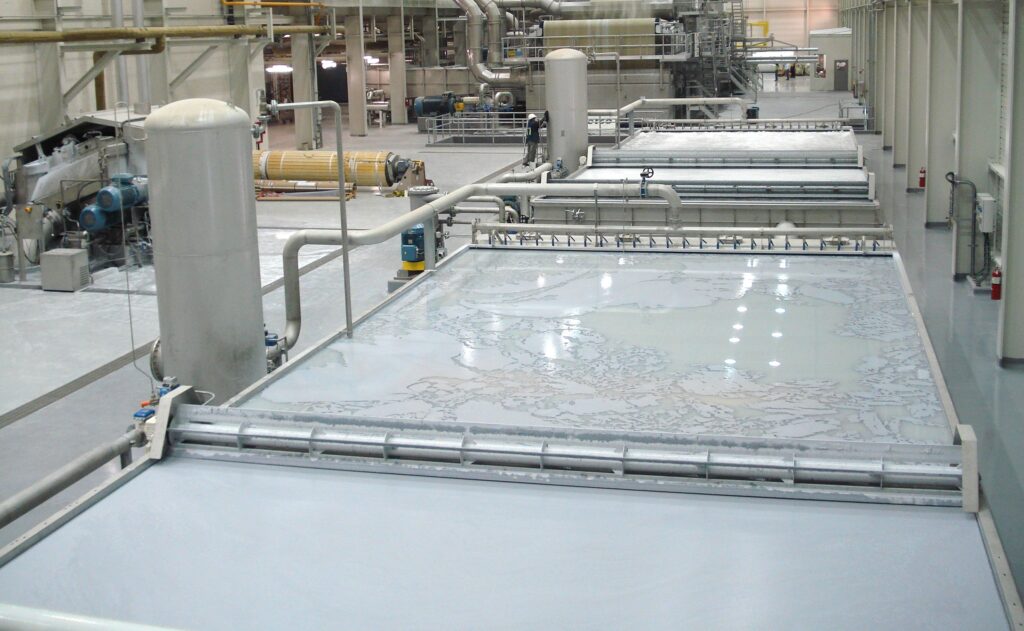Your challenges

High levels of suspended solids and FOG
Many industries struggle with wastewater containing large volumes of suspended solids, fats, oils, and grease (FOG), which are difficult to remove with conventional methods. This not only affects compliance but also overloads downstream treatment. A robust flotation solution is essential to reduce these loads efficiently.
Limited space for treatment infrastructure
Urban or industrial sites often face footprint limitations that make conventional sedimentation tanks unfeasible.
Variable flow and contaminant loads
Changing operational conditions, such as seasonal peaks or shifts in production, can drastically alter the characteristics of wastewater. A flotation system must adapt automatically to fluctuating flows and contamination levels without compromising performance.
Sludge handling and disposal costs
Dissolved Air Flotation systems generate sludge with an approx. 7% of dry solids content. When the sludge is not treated, there’s a higher amount of cost of disposal due to the high amount of water.
Our Dissolved Air Flotation Solutions and How They Work
IPF – Inclined Plate Flotation
The IPF system uses plate pack technology to maximize separation surface in a compact design. With overflow rates up to 18 m/h and solids loading up to 50 kg/m²/h, it offers reliable and space-saving performance across flows from 3 to 180 m³/h.
NPF-HX – High-Capacity Plate Pack Flotation
Designed for large industrial flows, the NPF-HX delivers superior capacity with overflow rates up to 32 m/h and full automatic level control. It is highly adaptable to changing influent conditions and handles flows from 200 to 1,550 m³/h.
HR-DAF – High-Rate DAF for Large Flows
Ideal for municipal and large-scale industrial applications, HR-DAF handles flows from 1,065 to 3,500 m³/h per bay. It excels in treating low dry solids (DS) loads and is often used in concrete tank configurations.
GDF – Open Tank DAF for Contaminated Streams
GDF is perfect for highly polluted wastewater with sludge loadings up to 100 kg/m²/h. It operates at low overflow rates (2.5–5 m/h) and is highly effective for applications involving activated sludge or emulsified oils.
FlooDAF®- Compact and efficient flotation system
FlooDAF® achieves a high separation efficiency. Its single-level low construction and highly efficient dispersion water system ensure a small footprint and reduced civil works costs. FlooDAF® is designed for flow handling from 2,5 to 2500 m³/h, offering good tolerance for hydraulic and solid variations, low maintenance requirements, and comprehensive aftermarket care.

Text bloc
Paragraphn
Paragraphn
Customer benefits
Paragraphn
Paragraphn
High removal efficiency
All our DAF units are designed to remove over 90% of suspended solids and Fats, Oils, and Grease (FOG), ensuring compliance with discharge limits and protecting downstream equipment.
Flexible design for any industry
From food processing to municipal treatment, our range of Dissolved Air Flotation systems offers solutions tailored to specific industries, wastewater characteristics, and operational requirements.
Reduced footprint and installation cost
Our plate pack and high-rate systems minimize space requirements, making them ideal for retrofits or installations in areas with limited footprint availability.
Improved sludge management
Our flotation systems enhance sludge management by efficiently handling high solids loads and seamlessly integrating with dewatering systems, thereby reducing sludge handling and transport costs.
Adaptability and automation
Advanced level control and adaptable design allow consistent performance even under variable flow or shock load conditions, reducing operator involvement.
DAF product line highlights:

- Pulp & Paper
- Food & Beverage
- Fish processing
- Pharma & personal care
- Energy
- Mining and minerals
- Municipal
Dissolved Air Flotation – FlooDaf®
- Process water
- Industrial water
- Resource Recovery
- Wastewater
- Sludge
- Drinking water
Want to know more about xxxx
Frequently Asked Questions (FAQ)
What is the main difference between GDF and IPF?
GDF is an open tank flotation unit designed for highly contaminated water and higher sludge loads, whereas IPF uses inclined plate technology for compact, efficient separation in low to medium loaded streams.n
Can your Dissolved Air Flotation systems handle fluctuating flow rates?
Yes, especially the NPF-HX,HR-DAF and FlooDAF® systems, which are designed to automatically adapt to variable influent loads and maintain consistent performance.n
How do I choose the right DAF solution for my site?
Our engineering team will assess your wastewater characteristics, flow rates, and space constraints to recommend the best-fit DAF unit. We also offer pilot testing, jar testing on site and lab analysis to ensure success.n